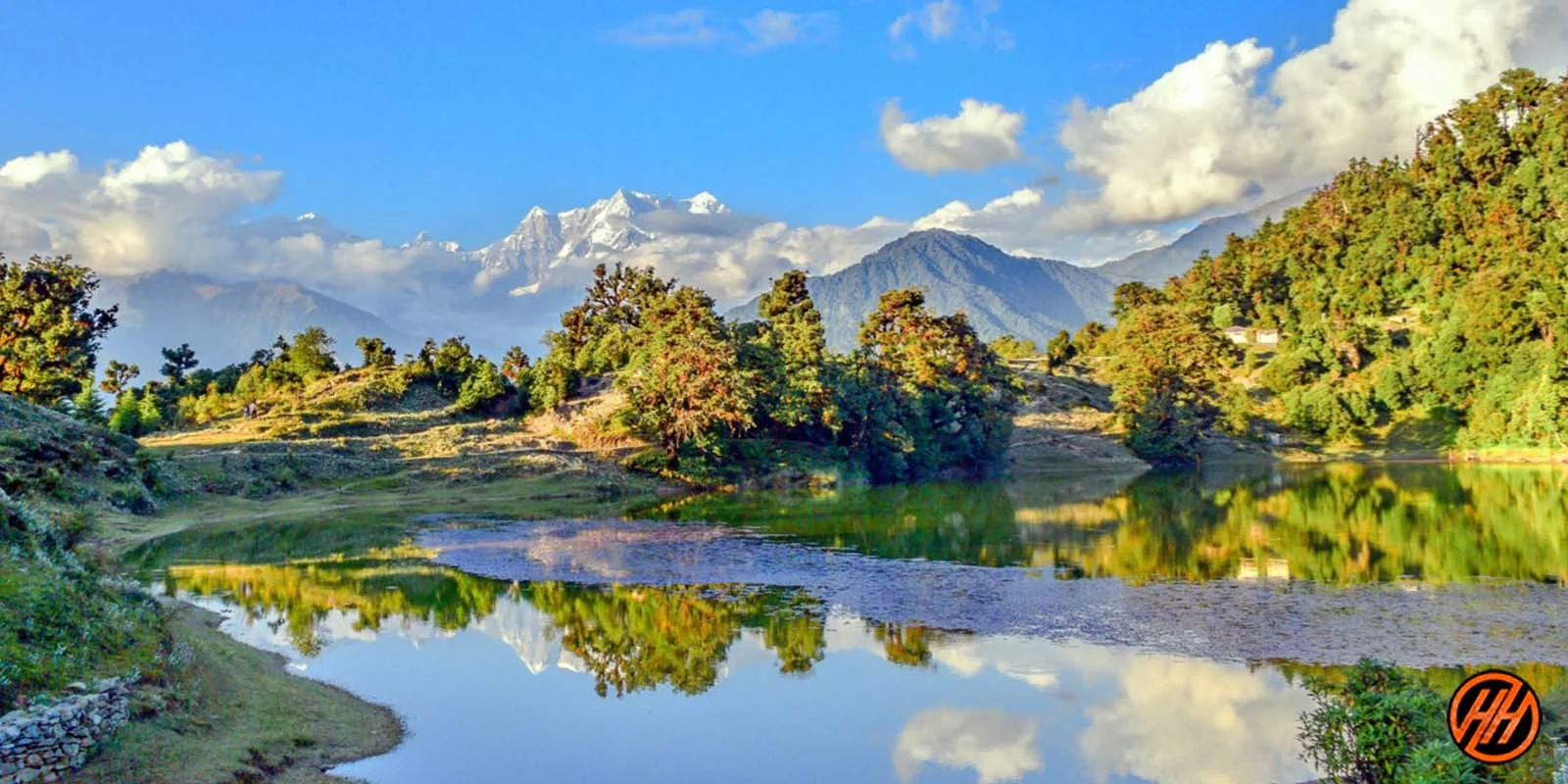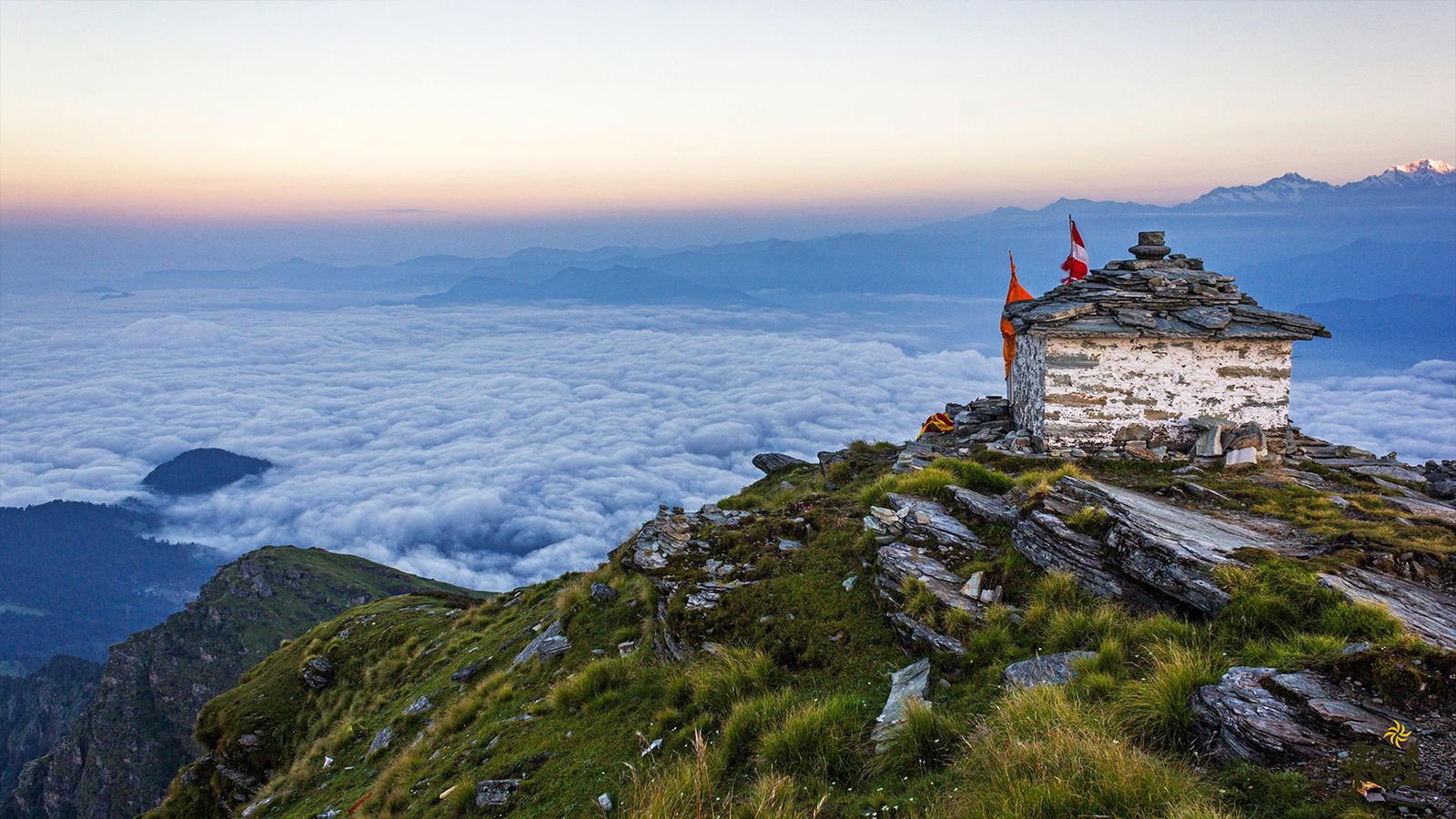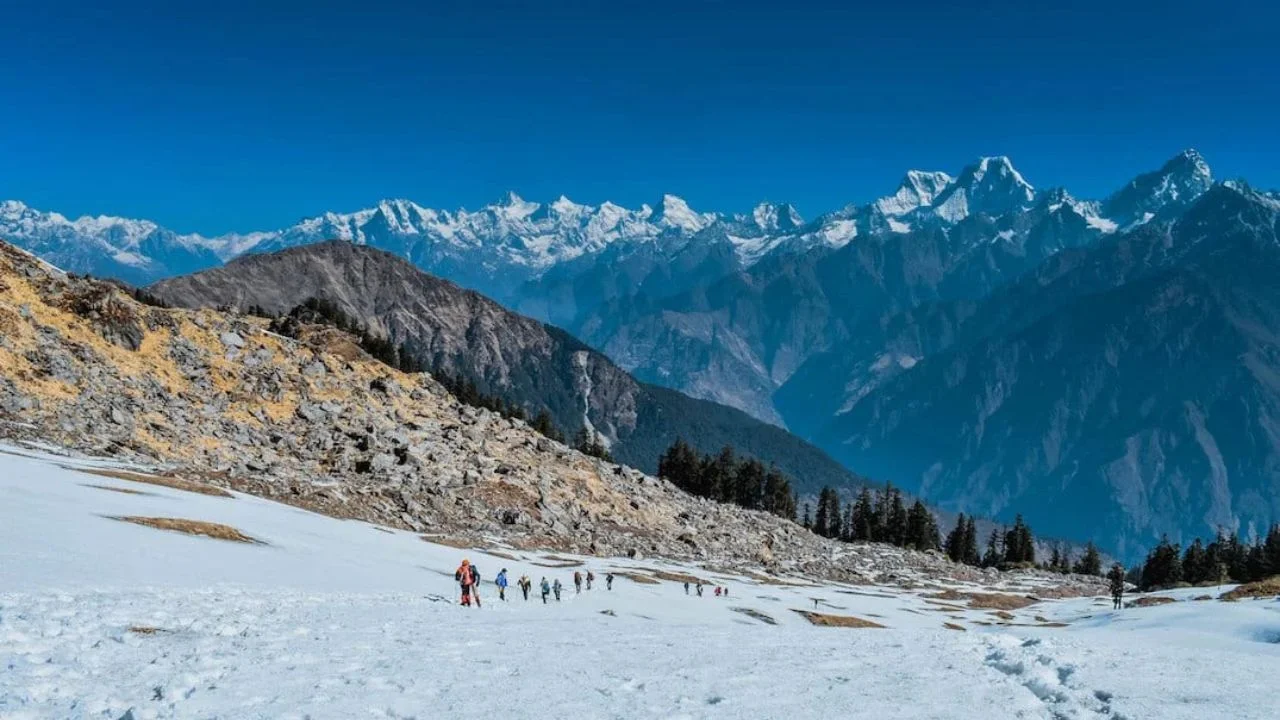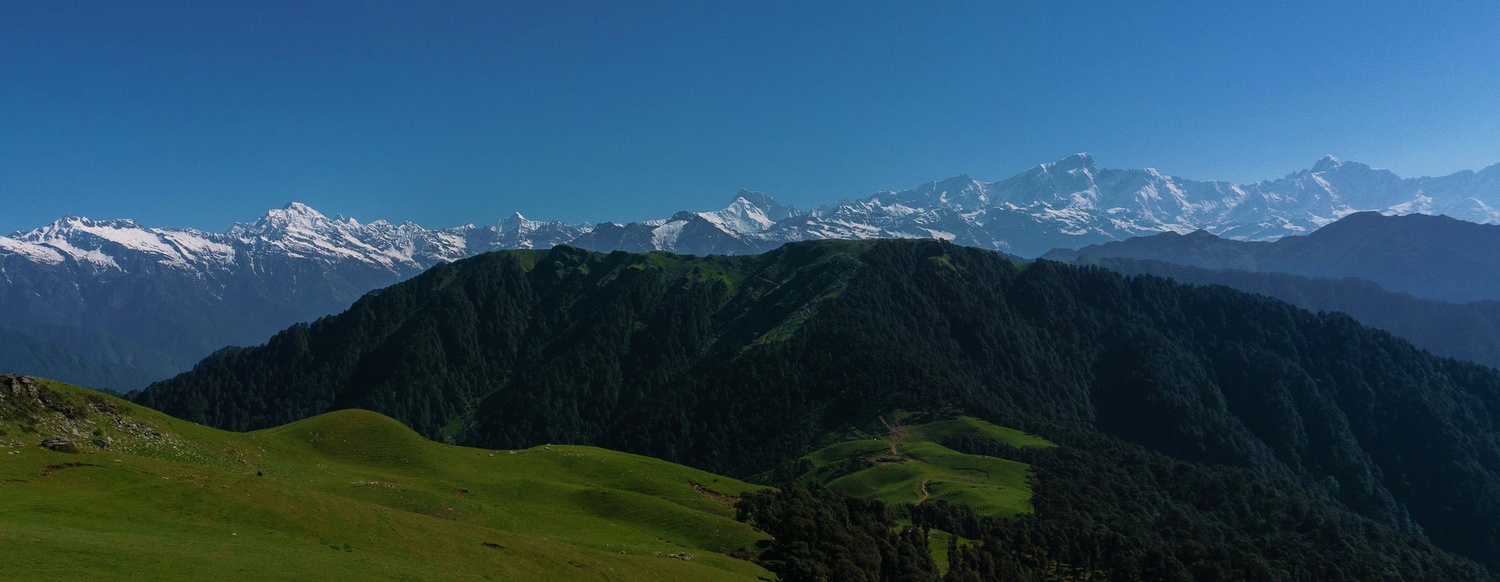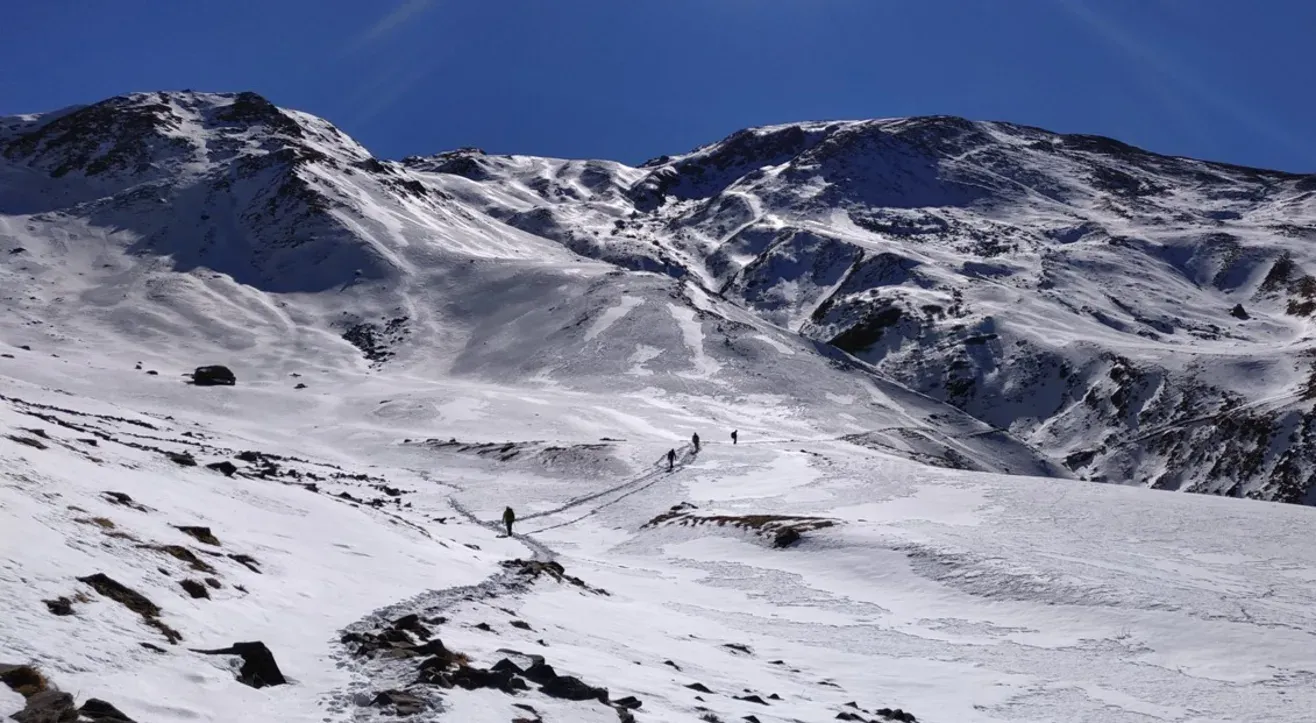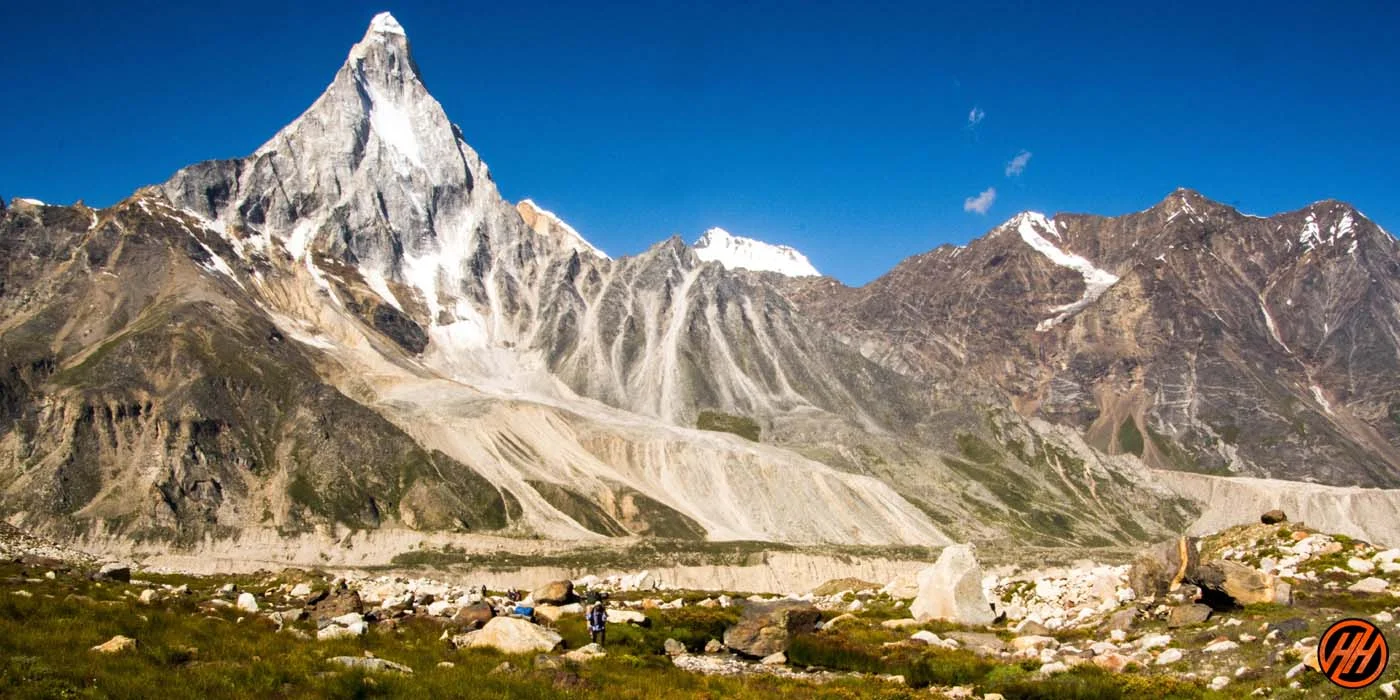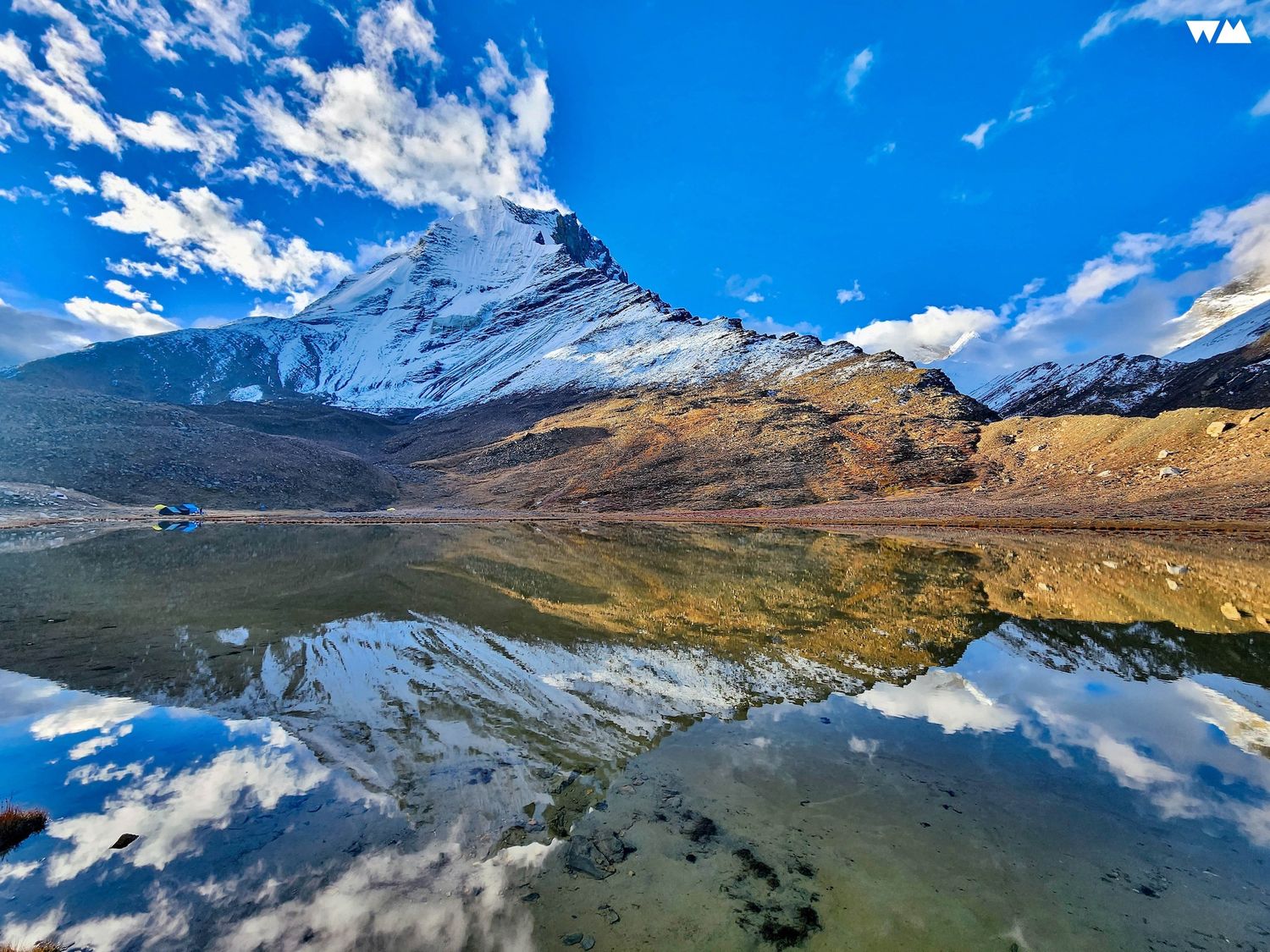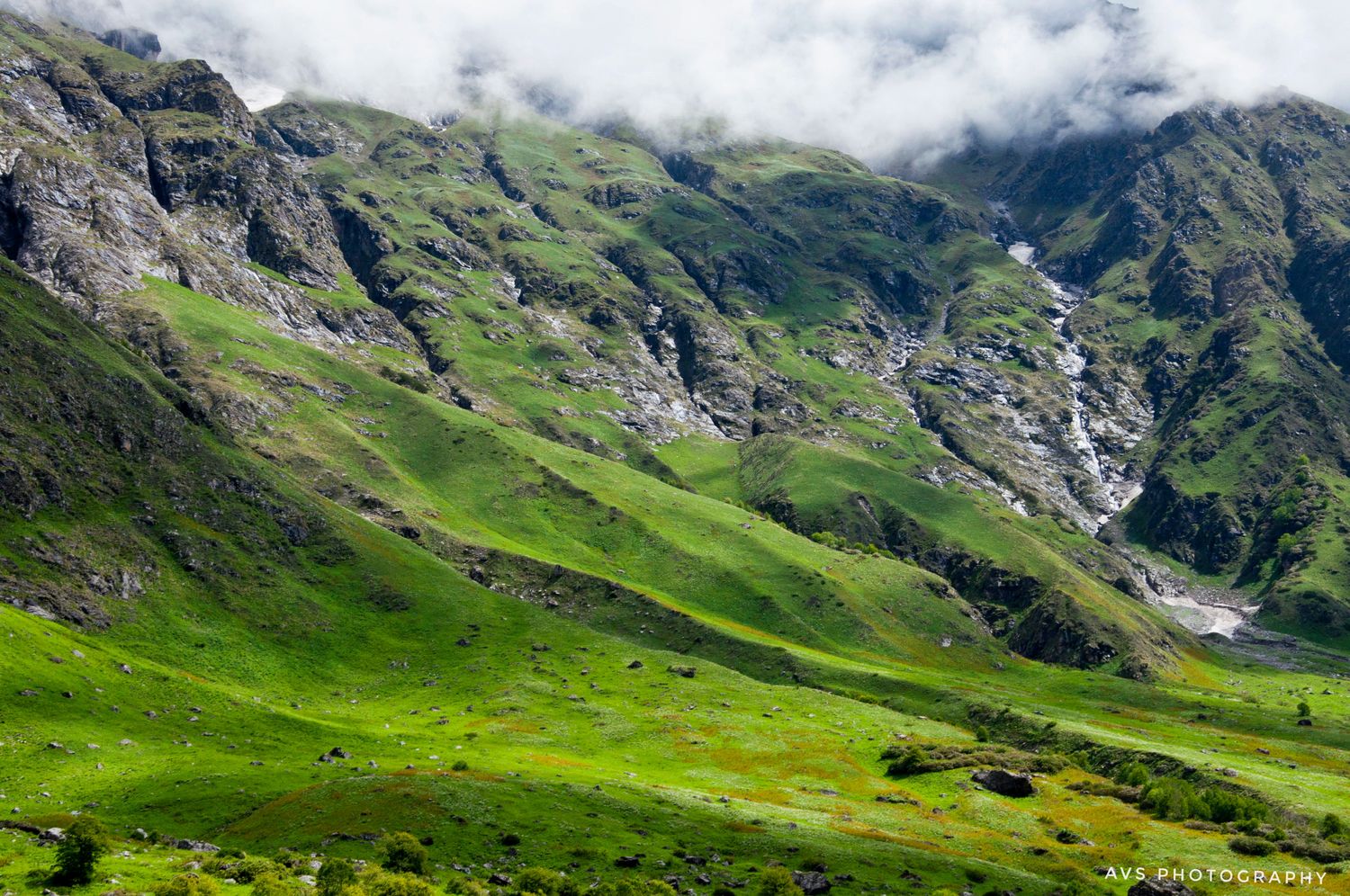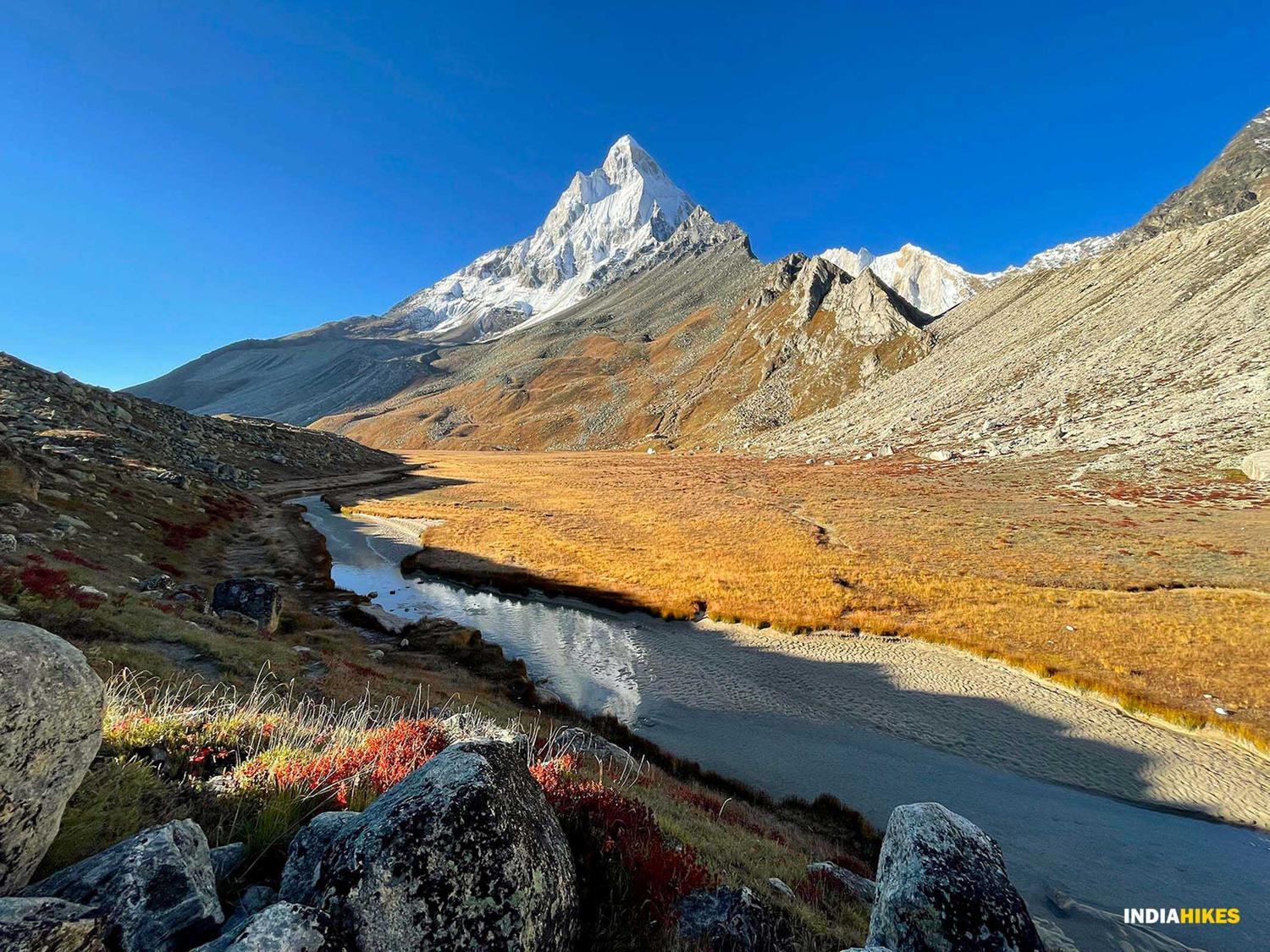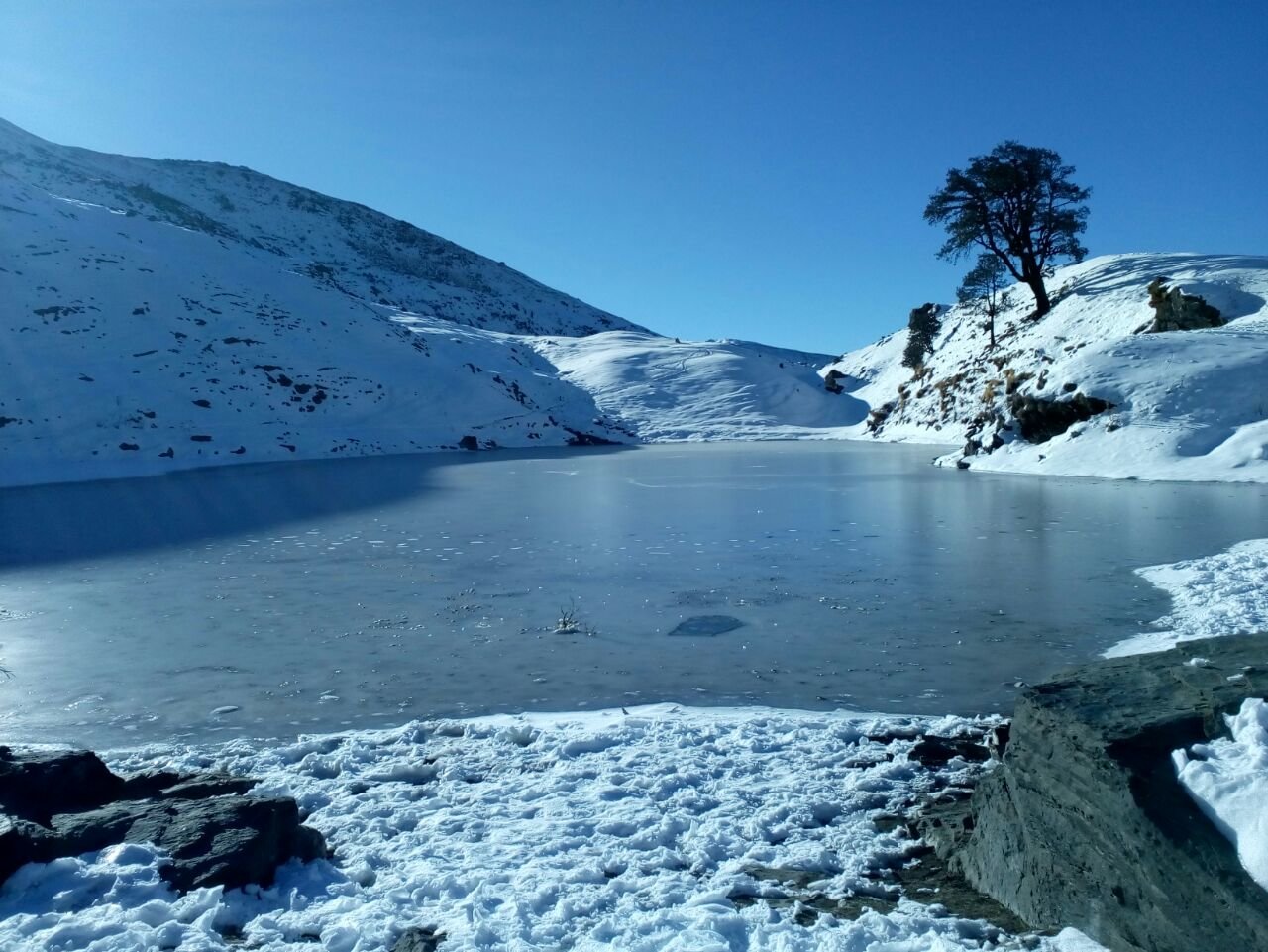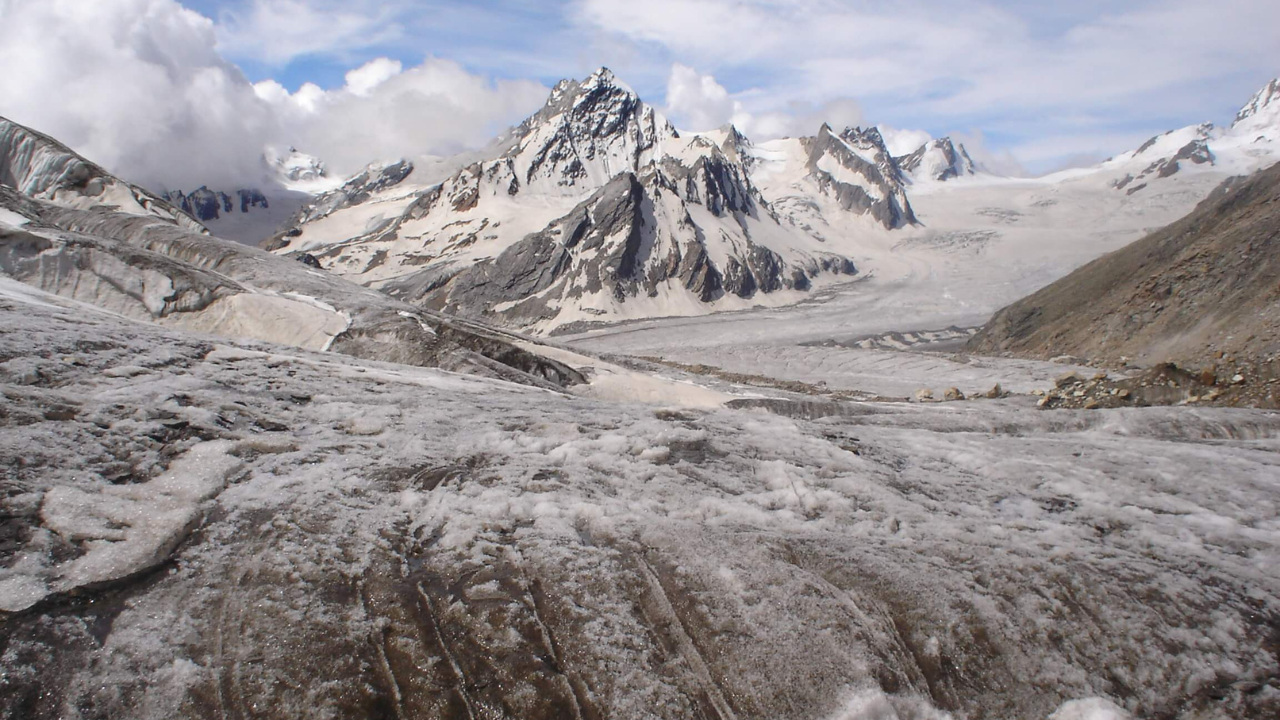Deoriatal Chandrashila Trek: Where Nature Meets Divinity
The Deoriatal Chandrashila Trek is one of the most rewarding short treks in Uttarakhand, combining lush forests, shimmering lakes, ancient temples, and breathtaking Himalayan views. Starting from the charming village of Sari, the trek takes you first to the beautiful Deoriatal Lake, famous for its reflection of snow-clad Chaukhamba peaks. From there, the trail passes through rhododendron and oak forests, leading to Tungnath Temple—the highest Shiva temple in the world—before culminating at the Chandrashila Summit at 12,110 ft. This trek offers a 360-degree view of the Garhwal Himalayas, including Nanda Devi, Trishul, Kedarnath, Chaukhamba, and Bandarpoonch peaks. Perfect for beginners as well as experienced trekkers, the trek is a blend of natural beauty, spirituality, and adventure.
Deoriatal Lake: The Shimmering Mirror of the Himalayas
Deoriatal is a high-altitude lake located at 2,438 m. It is known for its crystal-clear reflections of Chaukhamba peaks. The calm atmosphere and camping experience near the lake make it one of the highlights of the trek.
Tungnath Temple: The Spiritual Gem
On the way to Chandrashila, trekkers visit Tungnath Temple, which stands as the highest Shiva temple in the world. Its spiritual energy and historic importance add a divine touch to this adventure.
Chandrashila Summit Views
From Chandrashila top, trekkers witness an unforgettable 360-degree panorama of the Himalayan ranges. Peaks like Nanda Devi, Trishul, Kedarnath, Chaukhamba, and Bandarpoonch dominate the skyline, making it one of the most scenic summit climbs in India.
Why Choose Deoriatal Chandrashila Trek
This trek is accessible, beginner-friendly, and packed with attractions. From a high-altitude lake to a spiritual temple and a majestic summit climb, it combines everything a Himalayan trekker could ask for. Its year-round accessibility (except during heavy monsoon) makes it one of the most sought-after treks in Uttarakhand.
